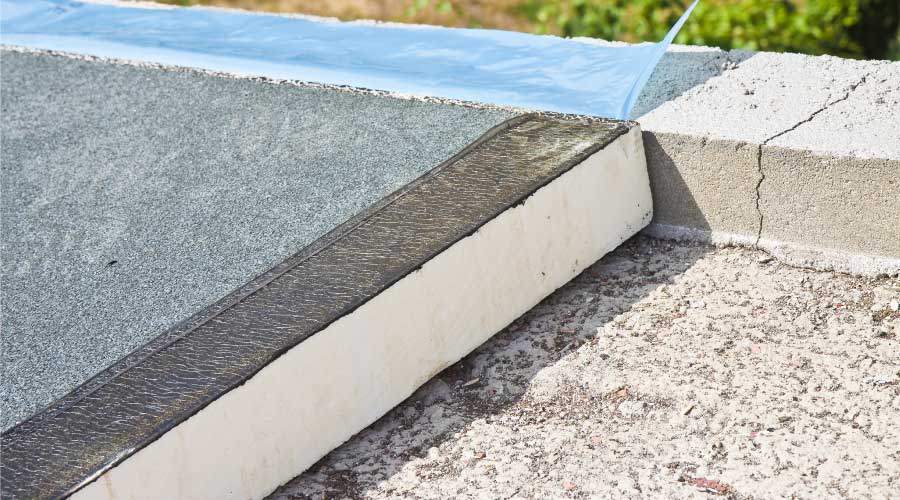New Standards for LEDs Announced by NIST
Scientists at the National Institute of Standards and Technology (NIST), in cooperation with national standards organizations, have developed the first two standards for solid-state lighting in the United States.
Scientists at the National Institute of Standards and Technology (NIST), in cooperation with national standards organizations, have developed the first two standards for solid-state lighting in the United States.
Also known as light-emitting diodes, (LEDs), the new generation of lighting uses light-emitting diodes (LEDs) instead of incandescent filaments or fluorescent tubes to produce illumination that cuts energy consumption significantly.
The standards developed by NISTdetail the color specifications of LED lamps and LED light fixtures, and the test methods that manufacturers should use when testing these solid-state lighting products for total light output, energy consumption and chromaticity, or color quality.
Solid-state lighting is expected to significantly reduce the amount of energy needed for general lighting, including residential, commercial and street lighting. “Lighting uses 22 percent of the electricity and 8 percent of the total energy spent in the country, so the energy savings in lighting will have a huge impact," says NIST scientist Yoshi Ohno.
Solid-state lighting is expected to be twice as energy efficient as fluorescent lamps and 10 times more efficient than incandescent lamps, although the current products are still at their early stages. Ohno chaired the task groups that developed these new standards.
In addition to saving energy, the new lighting, if designed appropriately, can produce better color rendering—how colors of objects look under the illumination—than fluorescent lamps or even incandescent lamps, Ohno says.
NIST is working with the U.S. Department of Energy (DOE) to support its goal of developing and introducing solid-state lighting to reduce energy consumption for lighting by 50 percent by the year 2025. The department predicts that phasing in solid-state lighting over the next 20 years could save more than $280 billion in 2007 dollars.
The Illuminating Engineering Society of North America (IESNA) published a documentary standard LM-79, which describes the methods for testing solid-state lighting products for their light output (lumens), energy efficiency (lumens per watt) and chromaticity. Details include the environmental conditions for the tests, how to operate and stabilize the LED sources for testing and methods of measurement and types of instruments to be used.
“More standards are needed, and this will be the foundation for all solid-state lighting standards,” Ohno says.
The standard is available from IESNA.
The solid-state lights being studied are intended for general illumination, but white lights used today vary greatly in chromaticity, or specific shade of white. The American National Standards Institute (ANSI) published the standard C78.377-2008, which specifies the recommended color ranges for solid-state lighting products using cool to warm white LEDs with various correlated color temperatures. The standard may be downloaded from ANSI’s Web site.
DOE plans to launch the Energy Star program for solid-state lighting products this fall.
Related Topics:











